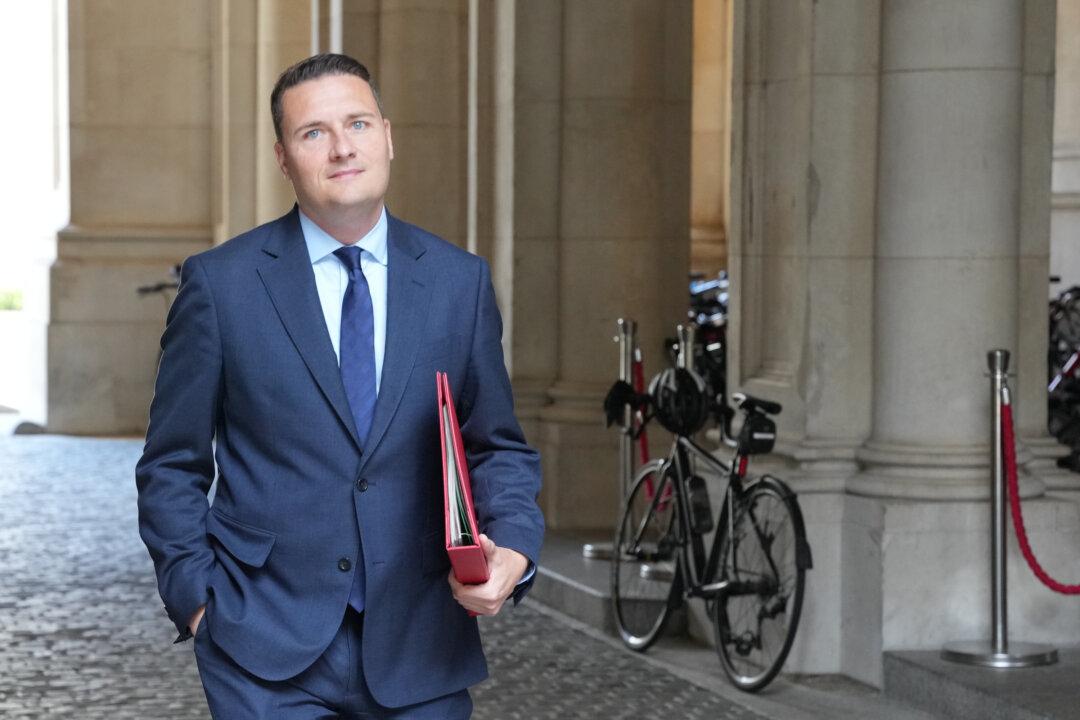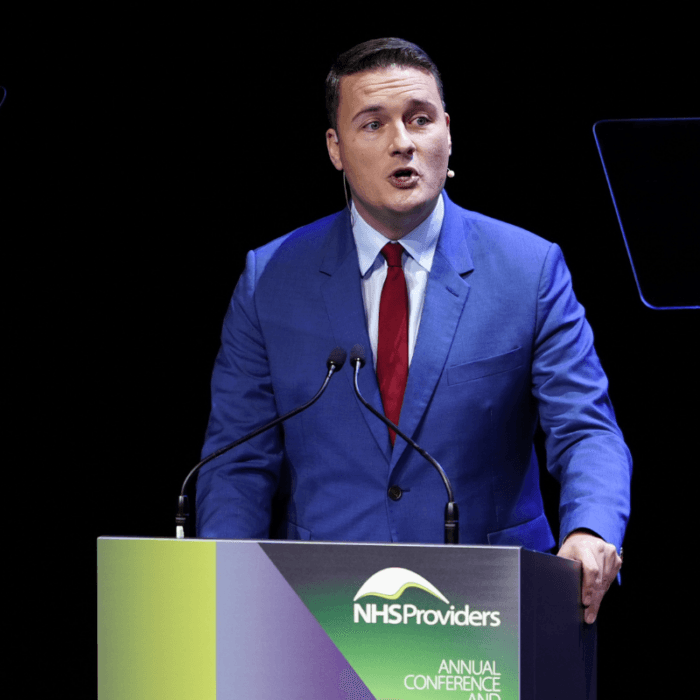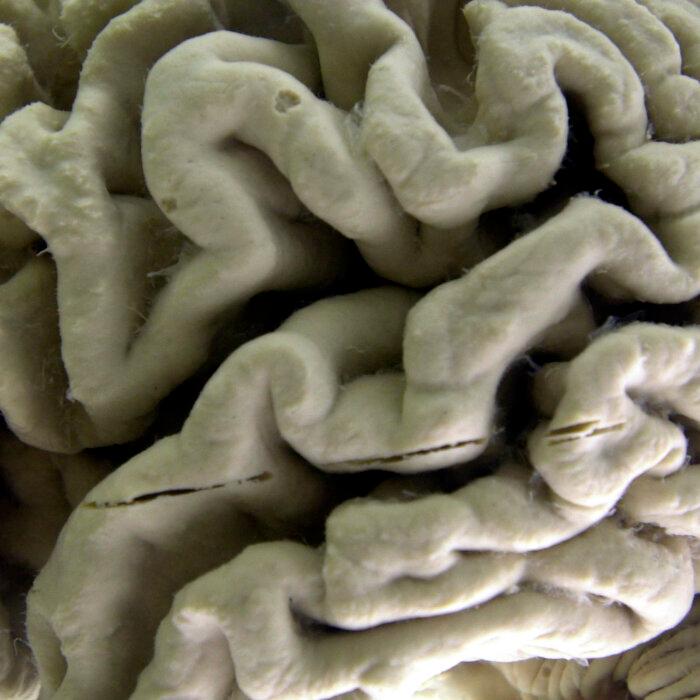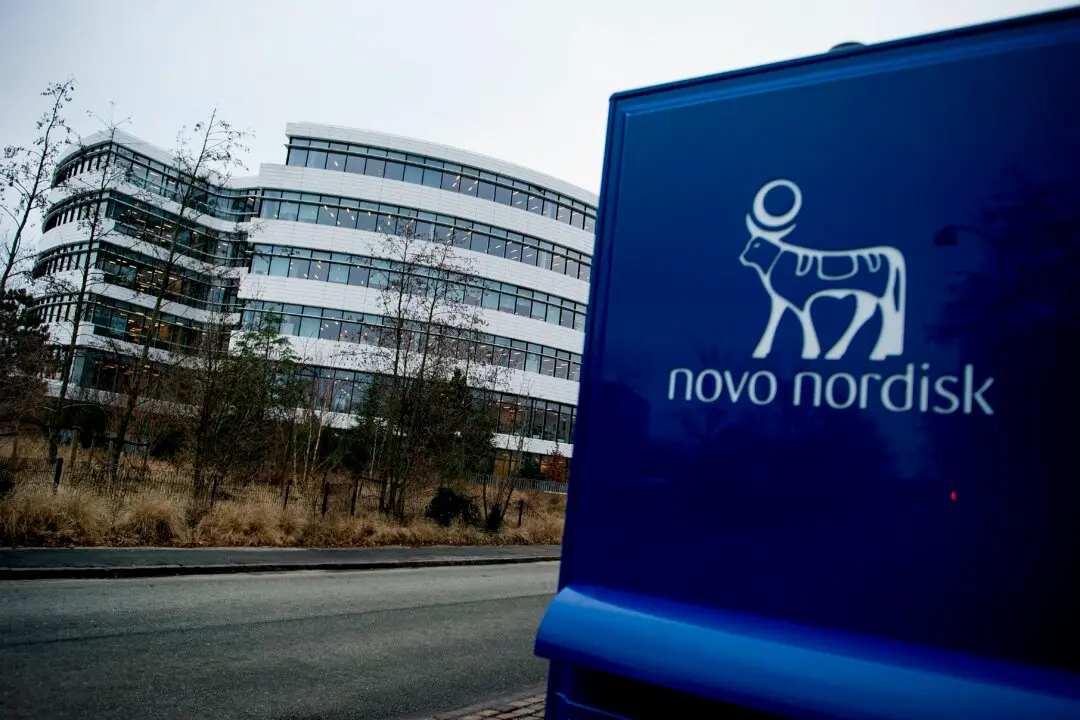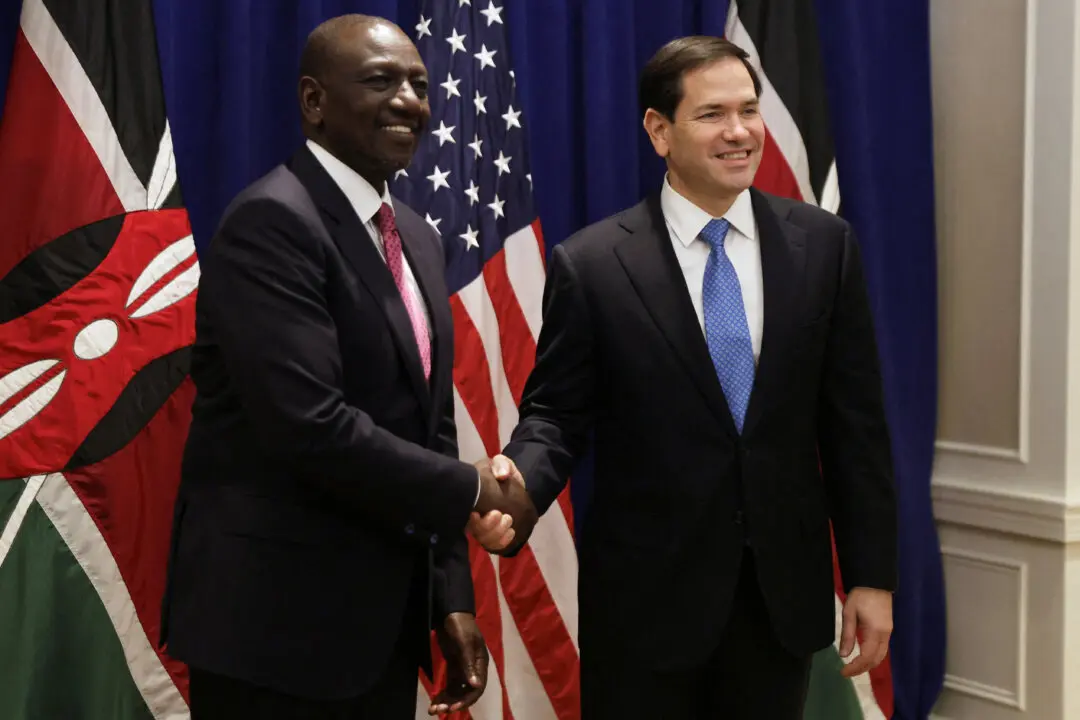Thousands more GPs need to be trained in order to deal with the NHS staffing crisis, Health Secretary Wes Streeting has indicated.
The strategy drawn up last year would have seen a 49 percent increase in hospital consultants by 2036, but just 4 percent more GPs.
Long-Term Plan
Labour’s election manifesto pledged to implement the long-term plan, but Streeting’s reboot will steer it towards training more GPs, community nurses, and health visitors in order to support the services nearest to patients’ homes, rather than focusing on hospital doctors.Despite an increase in the number of medical schools and places across the UK since the early 2000s, officials say the UK does not train enough doctors to have a sustainable supply without recruiting qualified medics from abroad. There is a similar situation with dentistry.
Medical School Costs
The estimated public cost for each medical or dental school place is around £230,000, with around £65,000 of this paid to students in the form of loans, which most of these graduates repay in full over the course of their careers.While in opposition, Labour said it would double the number of medical school places to 15,000 per year by opening up to 15 new medical schools, expanding existing training centres, and delivering more clinical placements, funded by abolishing the non-domiciled tax status. This pledge did not form part of its election manifesto, however.
The Medical Schools Council has estimated the annual cost of increasing the number of medicine students by 5,000 would be approximately £1 billion.
Student Nursing Numbers ‘Collapsing’
Royal College of Nursing general secretary and chief executive, Professor Nicola Ranger, said in a news release that the revised workforce plans must include solving the causes of the nursing workforce crisis.“It should be the government’s first priority and will deliver better care for millions,” she said.
“Transforming care and shifting it into the community requires major investment. Our analysis shows that crucial parts of the community nursing workforce, including health visitors and district nurses, are set to be half of what they were 20 years ago, while the number of people studying nursing has collapsed in every region in England.”
Statistics published last week showed that there are a record number of nurses and midwives registered to practise in England and Wales, although there has been a slight decrease in the number of professionals trained abroad.
Some 23.8 percent of the total nursing and midwifery workforce was trained abroad, the latest figures show, with calls from nursing chiefs to ease the burden of university debt to encourage more British students into the profession.
Ranger said: “The government’s reforms must come with a plan to rescue the largest NHS workforce. This means better pay and a loan forgiveness model to boost recruitment into the profession.”
Training to be a nurse in the UK was largely free until the increase in tuition fees in 2012 under the Conservative-led coalition government. Nursing students could access funding through the NHS Bursary scheme until 2017, when this was replaced by the Student Loan Company’s system.
Streeting told The Telegraph that the review of the NHS undertaken by the surgeon and independent peer Darzi had “diagnosed the dire state” of the health service, which the health secretary has previously labelled “broken.”
Darzi’s findings included that “that too many people end up in hospital because there aren’t the resources in the community to reach patients earlier,” often because they are unable to get an appointment with a GP or the support they need from another health or social care worker.
Ministers have promised a 10-year programme of NHS reform in response to the Darzi review, with the blueprint due in spring expected to include details on how medical students can be steered towards working as GPs rather than hospital doctors.
